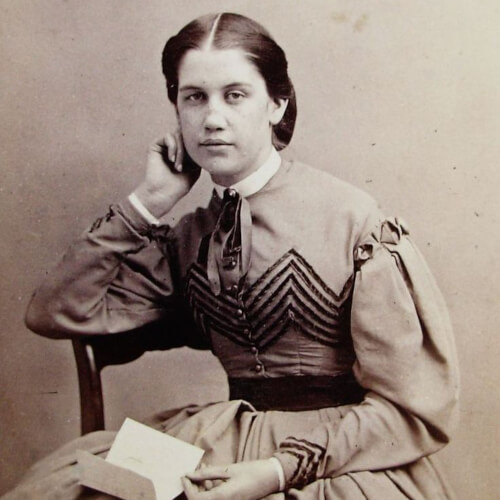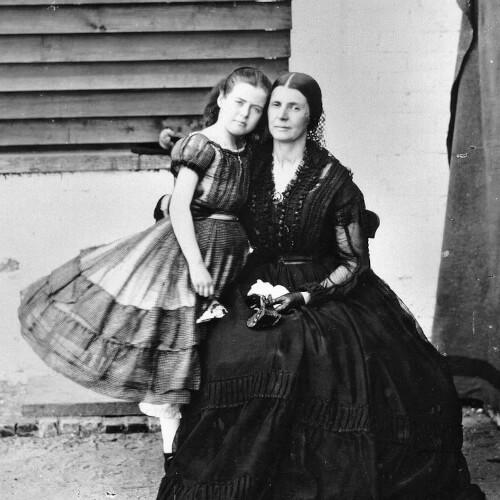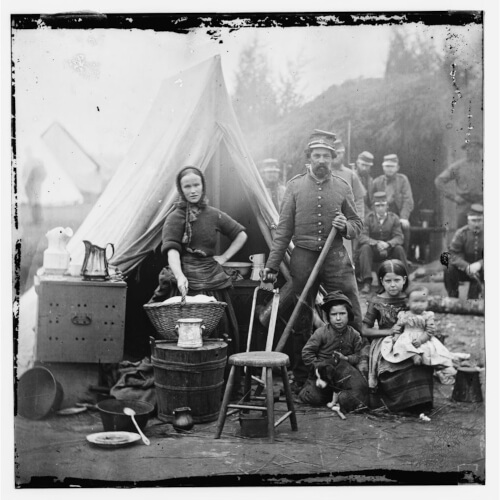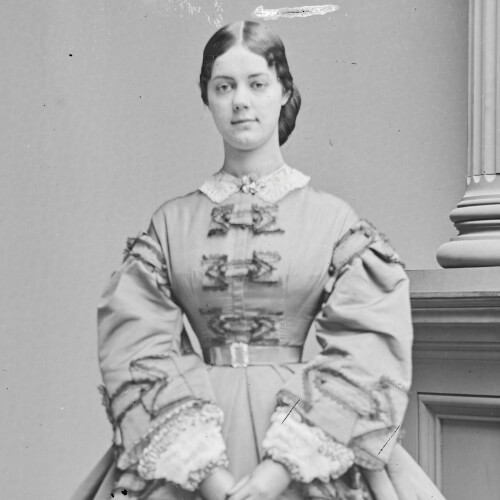The Homefront During the Civil War
Exploring the life at home and away from the ravages of the Civil WarWomen during the War
In the Civil War, women were often confined to the home. Their jobs consisted of raising and educating the children as well as cleaning and taking care of the household. However, with the raging at their doorsteps, women often had to take on more responsibility in the house.
Clothes
Women during the Civil War wore 7 layers of clothing. The first layer was a pair of pantaloons. Depending on the women’s age was how much of the pantaloon would show. The next layer was the chemise. This was to protect the other clothing that would be put on from the body. The third layer was the corset. The corset was used to provide a smooth look from top to bottom. The next layer is the corset cover. This was put on to protect the corset from getting color on it. After that was the under petticoat. The under petticoat was used mostly for modesty since the pantaloons are split. On top of that was the hoop skirt. On top of the hoop skirt was the over petticoat. Depending on the time of year, women would wear a different number of over petticoats. The smallest number being 2 to the largest number worn is 5 at one time. Last, the bodice and skirt are added. This can be whatever pattern that the woman wished for it to be.
Women in the South
Women in the South did not have as many resources compared to the women in the North. When war broke out, they got involved by mostly sewing clothes and cooking food. Women also worked as untrained nurses and often cared for the wounded in their homes since the fighting was happening right at their front door. Women in the south also got a lot of help from the slaves that they owned. If a women was busy helping with the war efforts, house slaves would help with the housework and taking care of the children.
Women in the North
Women in the North were involved with the war efforts right from the start. Women provided the soldiers with clothing, food and other items they needed. Women in the north found themselves wanting to help more on the battlefield. Women then created with the approval of the government, the United States Sanitation Commission which allowed for women to take care of the conditions in the camps.
Roles of Women in Battle
According to some reports, approximately 20,000 women worked to support the war effort in the North. Everyone from working-class white women to free and enslaved African-American women took on jobs such as laundresses, cooks, and nurses. Southern white women also supported their troops. While they had fewer resources and less money than ladies in the North, Southern women set up various relief societies and women’s auxiliaries to help the soldiers. These ladies supplied uniforms, blankets, bandages, and other supplies for the armies.
Women North and South supported the troops from home. Women in the North also had to begin earning wages to replace their husband’s income. Many began taking jobs that were traditionally only for males. According to the Library of Congress, “in Washington, D.C., many women took desk jobs, once held by men, in departments of the federal government. Like women in the South, Northern women assisted the war effort from the home front by making and gathering supplies for the troops, and they had considerably more resources to draw upon than did Southern women.” In the end, the federal government became the largest employer of women during the Civil War.
Roles of Women
Hardships
Women North and South lived daily with the fear that their loved ones would be killed in battle. When these fears became a reality, the women had to cope with the loss and grief brought on by wartime deaths. In addition to these hardships at home, women also had to battle other war-related hardships such as inflation and food shortages. In the North, inflation levels reached 100% by the end of the war. This made it extremely difficult for women to provide for their family’s needs. Things were worse for Southern women with inflation rates reaching as high as 9,000 % making it nearly impossible to feed and clothe a family. In Petersburg, Virginia, chickens cost $50 each in 1865, while butter and bacon were both $20 a pound.
Letter Writers
In order to combat homesickness among soldiers, the armies urged women to send letters to soldiers in order to boost their morale. These letters were usually cheerful and provided news and updates from back home. Women were discouraged from writing letters about any hardships at home. As many had never been separated for long periods of time, the art of letter writing grew to new heights. Letters would range from being affectionate to what they weighed or even what they were eating. Even the envelopes would be patriotic and supportive of the troops.
Stepping Up…
As the men went off to war, women were left to pick up the pieces around the homes, farms, and factories. Women on farms faced special challenges because even though they helped around the farm before, they were now in charge of planting and harvesting crops, caring for animals, and maintaining their property. In an effort to combat inflation and to supplement the soldier’s wages, women began taking jobs in factories, offices, and shops.
Spies
During the Civil War, spies were especially helpful in providing key information for both Union and Confederate armies. Women spies were especially effective in providing information on the enemy and smuggling contraband. Women were perfect for the role of a spy because soldiers trusted them and viewed them as non-threatening and would also often let their guard down around them. Due to this fact, women were able to easily find information or infiltrate the other side. Hundreds of women flirted, cajoled, and tricked men into giving up top-secret information, troop movements, detailed battle plans, and more. They used a man’s feelings for them as a weapon to help win battles, save lives, and hide prisoners. Even their clothes seemed designed for smuggling secrets across enemy lines as notes and papers could easily be hidden within the folds of skirts.
Learn More
Videos
Vocabulary
Abolitionist: Someone who wishes to abolish or get rid of slavery.
Auxiliaries: a person or thing providing supplementary or additional help and support.
Chemise: a woman’s loose-fitting undergarment or nightdress, typically of silk or satin with a lace trim.
Contraband: goods forbidden to be supplied by neutrals to those engaged in war.
Corset: a tightly fitting laced or stiffened outer bodice or dress.
Morale: the confidence, enthusiasm, and discipline of a person or group at a particular time.
Petticoat: a woman’s light, loose undergarment hanging from the shoulders or the waist, worn under a skirt or dress.
Pantaloons: women’s baggy trousers gathered at the ankles.
Spy: a person who secretly collects and reports information on the activities, movements, and plans of an enemy or competitor.




